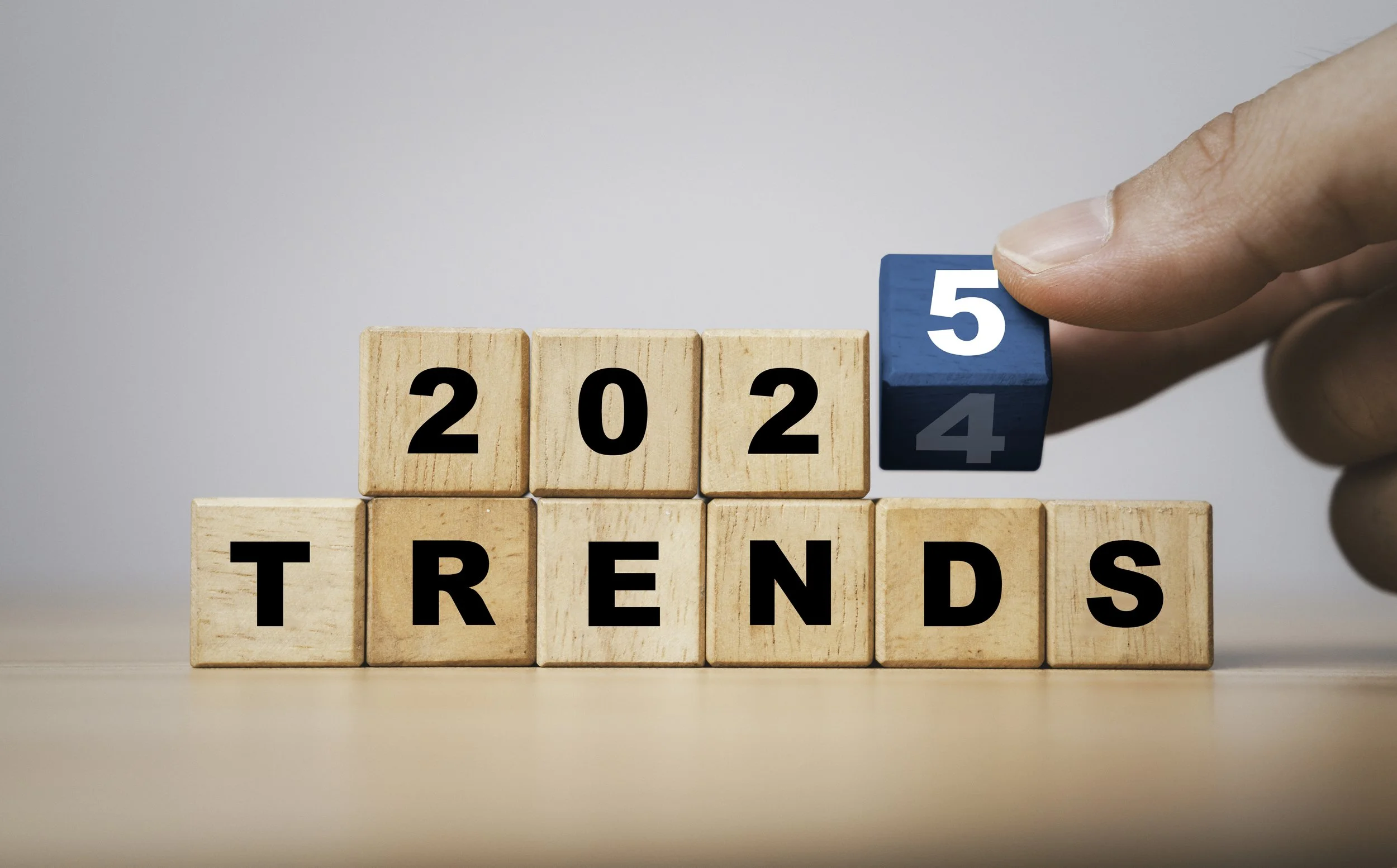The Future of Public Relations(PR)
PR has long been the unsung hero of brands, quietly shaping reputations, managing crises, and telling stories that make you feel connected to your favorite companies. But with today’s world dominated by TikTok trends, viral memes, and the looming threat of “cancel culture,” you might wonder: does PR still matter? Spoiler alert—now more than ever!
Introduction: Is PR Still Relevant?
In today’s world dominated by TikTok trends, viral memes, and the looming threat of “cancel culture,” you might wonder: does PR still matter? Spoiler alert—now more than ever! Yes! Take Airbnb- for example. In 2020, they lost 80% of their business due to the pandemic, bleeding over $400 million. Yet, by 2021, they hit $1.5 billion in revenue, even slashing their marketing budget from 34% to just 20%. How? PR magic. Instead of relying on ads, they invested heavily on PR - they even pulled stunts like floating a house down the Thames, inviting journalists and influencers to experience the spectacle, and building a community.
As Airbnb's CEO Brian Chesky put it, “PR is probably the most important channel to build our brand.”
PR isn’t just about damage control or pushing press releases; it's about shaping narratives, influencing public perception, and creating memorable experiences that resonate with consumers. Still think PR is outdated? Think again.
Is PR Still Relevant? Yess!
Why PR Trends Are So Important?
Staying ahead of PR trends isn't just a nice-to-have; it’s a survival strategy. In today’s media frenzy, brands that don’t keep up risk getting “ghosted.” By understanding the latest PR trends, you won’t be shouting into the void—you’ll be the voice people actually listen to.
And let’s be real: crises don’t politely knock anymore—they blow the door down and go viral in minutes.
PwC’s 2023 Global Crisis Survey found that 69% of business leaders say social media has made crises more frequent and harder to manage.
PR teams are focused on identifying potential risks and creating crisis management plans for issues that could arise, whether they’re common in the industry or tied to your stakeholders. Simply put, if your PR team isn’t anticipating hot-button issues, you might find yourself in a PR disaster waiting room—with your competition.
What Are the PR Trends in 2024?
Several key PR trends are shaping the landscape and defining how brands engage with their audiences. Here are some of the most noteworthy trends in 2024:
Increased Focus on Authenticity and Transparency
Let’s face it: consumers today are more cautious and selective about brands they trust. It’s like building a relationship where trust needs to be earned through consistent transparency and reliability—everyone values that!
According to the 2023 Edelman Trust Barometer, a whopping 71% of consumers only buy from brands they trust.
To earn trust, brands should demonstrate accountability—by owning their mistakes and promoting transparency about their impact on societal issues to inspire advocacy.
Accountability is a more effective trust-builder than emotional connections.
2. The Rise of Personalization Through Artificial Intelligence
Artificial Intelligence (AI) is revolutionizing how brands communicate, enabling hyper-personalized outreach that resonates with consumers.
A 2023 study by Edelman forecasts that the number of PR professionals integrating AI into their workflows will soar to 73% within the next five years.
Social Responsibility - PR Trends of 2024
3. Sustainability and Social Responsibility
The era of brand neutrality is over; consumers are demanding brands that stand for something.
According to a recent study by Nielsen, 81% of global consumers feel strongly that companies should help improve the environment.
PR professionals are crafting narratives that highlight their brands’ efforts in social responsibility, while also identifying with diverse cultures and being part of meaningful conversations. By doing so, they connect with socially conscious consumers in an authentic way.
4. Video Content and Live Streaming
Video content continues to dominate social media and marketing strategies. With platforms like TikTok and Instagram Reels leading the way, brands are leveraging video to connect with audiences more engagingly and authentically.
According to Wyzowl, 86% of businesses now use video as a marketing tool, recognizing its effectiveness in storytelling and brand communication.
If a picture is worth a thousand words, a video must be worth a million—so get those cameras rolling!
Live Streaming- PR Trends of 2024
5. Crisis Preparedness in the Digital Age
Research from PwC shows that 69% of business leaders believe social media has made crises harder to manage. This trend highlights the necessity for PR teams to have robust crisis plans and responsive communication strategies in place.
PR Trends of 2025: What is the future of PR?
The future of Public Relations is evolving rapidly, driven by technological advancements and changing consumer expectations. Here are some key trends shaping what lies ahead for the industry:
Integration of Artificial Intelligence and Public Relation- The Future of PR
Integration of AI and Automation
AI can play a key role through predictive analytics, enabling professionals to make efficient decisions, avoid disasters, seize opportunities, and tailor their messages effectively. A study from the PRCA indicates that 70% of PR professionals believe AI will play a significant role in the future of communications.
As AI continues to develop, PR professionals will increasingly rely on automation for routine tasks, allowing them to focus on strategic initiatives.
According to Cision, 32% of communications teams are using generative AI regularly; 33% are using it infrequently; and 27% are considering starting to use it.
This integration can enhance efficiency and provide deeper insights into audience behavior.
2. The Shift Towards Purpose-Driven Communication
Brands are expected to go beyond profit-making and demonstrate a genuine commitment to societal issues.
The 2023 Edelman Trust Barometer highlights that consumers now expect brands to contribute positively to society, showing that consumers are seven times more likely to buy from a brand committed to improving healthcare.
As a result, PR strategies will need to incorporate purpose-driven narratives that align with brand values and resonate with consumers.
3. Growth of Influencer Partnerships
Influencer marketing is here to stay, with 93% of marketers acknowledging its effectiveness. According to a 2023 report by Statista, the global influencer marketing market is projected to surpass $22 billion by 2025.
PR professionals will need to navigate these partnerships carefully, ensuring they align with their brand's image and values.
Now, both experts and everyday voices make credible ambassadors/influencers, according to Edelman. Consumers are now more likely to purchase products from brands whose influencers look like themselves compared to last year.
4. Emphasis on Data-Driven Decision-Making
The future of PR will be heavily data-driven, with professionals utilizing analytics to inform their strategies. This shift allows for more targeted campaigns, better measurement of success, and enhanced understanding of audience needs.
Communications has become much more of a data-driven industry.
PR pros need and want to be more data-informed. According to a study by Cision, in 2021, 87% of PR professionals indicated they use insights from social listening to inform PR campaigns. 42% of communications leaders say they are "very much so" relying on data and analytics this year—a significant uptick from the 30% who said the same last year.
So, if you’re not crunching the numbers, you might as well be throwing darts at a board while blindfolded!
5. Enhanced Focus on Diversity, Equity, and Inclusion (DEI)
DEI initiatives will play a crucial role in shaping PR strategies. Brands that prioritize DEI in their messaging and practices can expect stronger connections with diverse audiences.
According to a report by McKinsey, companies with diverse leadership teams are 25% more likely to outperform their competitors.
Consumers are looking for brands that don’t just sell products but stand for something—and they’re willing to pay more for that kind of authenticity (Edelman).
So, if your brand isn’t walking the walk, it’s time to step up and embrace inclusivity!
In a nutshell, the future of PR is bright and full of potential for those willing to adapt. So, whether you’re a PR newbie or a seasoned professional, now’s the time to embrace these trends and keep your finger on the pulse of consumer sentiment.







